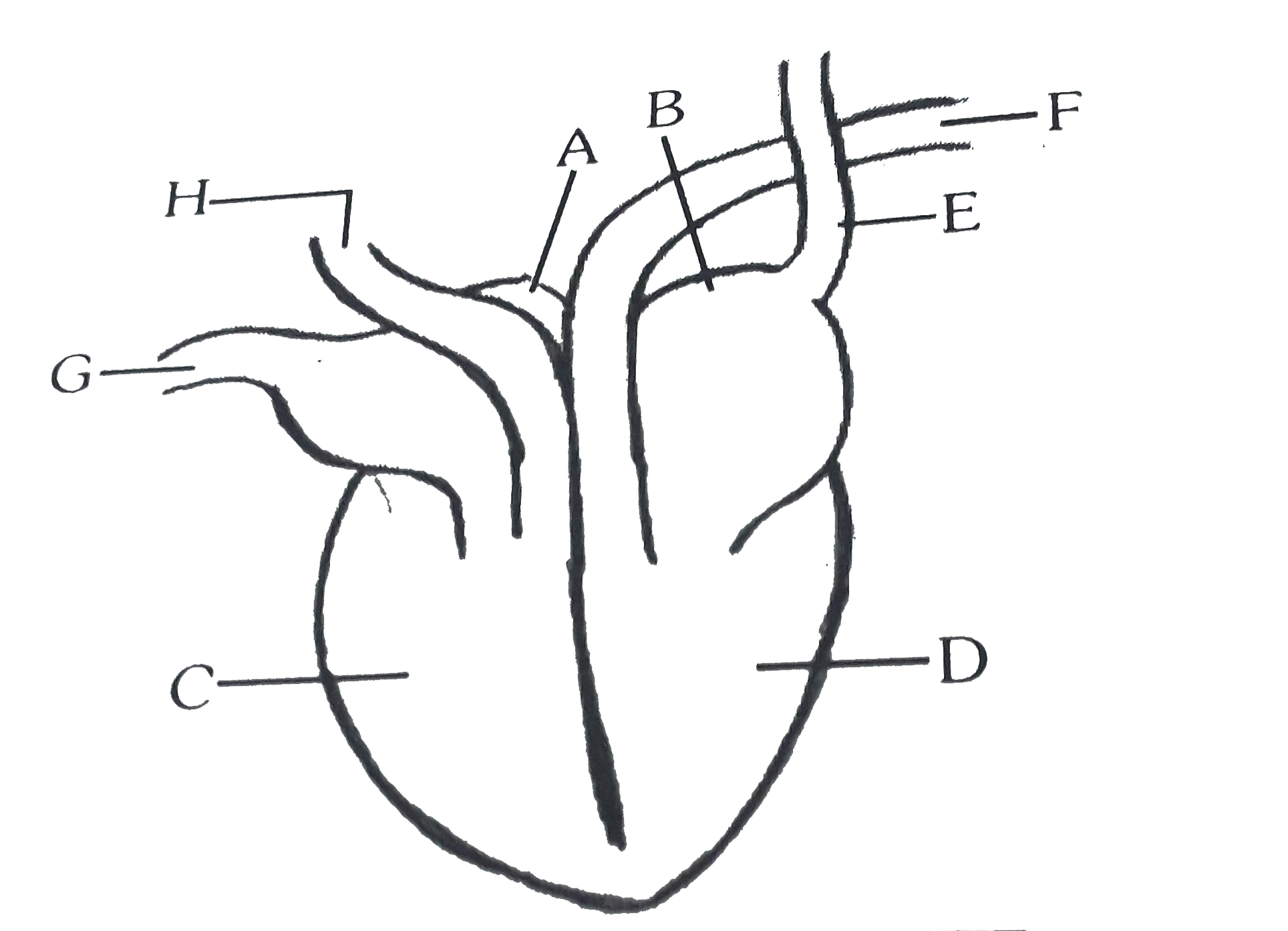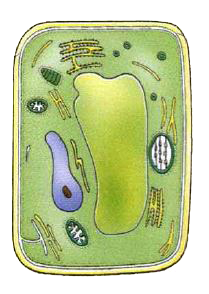Explain the working of a hydraulic brake with a simple labelled diagram.
Step-by-Step Solution for Explaining the Working of a Hydraulic Brake
Step 1: Understanding Pascal's Law
The hydraulic brake system operates based on Pascal's Law, which states that when pressure is applied to a confined fluid, the pressure change occurs uniformly in all directions throughout the fluid.
Hint: Remember that Pascal's Law is fundamental to understanding how pressure is transmitted in fluids.
Step 2: Identifying the Components
The main components of a hydraulic brake system include:
- Foot Pedal: The part that the driver presses to initiate braking.
- Master Cylinder: A cylinder that contains brake fluid and converts the force from the foot pedal into hydraulic pressure.
- Pipelines: Tubes that transport the brake fluid from the master cylinder to the brake pistons.
- Pistons (B1 and B2): These pistons receive the hydraulic pressure and apply force to the brake shoes.
- Brake Shoes: These are the components that press against the wheel rim to create friction and slow down the vehicle.
- Spring: A component that helps return the brake shoes to their original position when the brake is released.
- Rim of Wheel: The part of the wheel that the brake shoes press against.
Hint: Visualizing the components can help in understanding their function in the braking system.
Step 3: Applying the Force
When the driver presses the foot pedal, it displaces the master cylinder. This displacement generates pressure in the brake fluid contained within the master cylinder.
Hint: Think of the master cylinder as a pump that converts mechanical force into hydraulic pressure.
Step 4: Pressure Transmission
The pressure created in the master cylinder travels through the pipelines to the pistons (B1 and B2). According to Pascal's Law, this pressure is transmitted equally to both pistons.
Hint: Consider how the pressure is distributed evenly in the fluid, affecting both pistons simultaneously.
Step 5: Piston Movement
The hydraulic pressure forces both pistons (B1 and B2) to move outward. This outward movement is transmitted to the brake shoes connected to the pistons.
Hint: Visualize the pistons pushing against the brake shoes, which leads to the next step in the braking process.
Step 6: Friction Creation
As the brake shoes move outward, they come into contact with the rim of the wheel. This contact creates friction, which is what slows down or stops the vehicle.
Hint: Remember that friction is the key to stopping the vehicle effectively.
Step 7: Releasing the Brake
When the driver releases the foot pedal, the master cylinder returns to its original position. This decrease in pressure allows the spring to pull the brake shoes back to their initial position, releasing the friction against the wheel.
Hint: Think of the spring as a reset mechanism that allows the brake system to return to its starting state.
Simple Labelled Diagram
(While I can't create images, you can sketch the following components based on the description)
- Draw a rectangle for the master cylinder.
- Label the foot pedal connected to the master cylinder.
- Draw two pipelines leading from the master cylinder to two pistons (B1 and B2).
- Show the brake shoes attached to the pistons and label them.
- Indicate the rim of the wheel where the brake shoes make contact.
- Include a spring that connects to the brake shoes.
Summary
The hydraulic brake system effectively uses Pascal's Law to convert the force applied on the foot pedal into hydraulic pressure, which then operates the pistons and brake shoes to create the necessary friction for braking.
The hydraulic brake system operates based on Pascal's Law, which states that when pressure is applied to a confined fluid, the pressure change occurs uniformly in all directions throughout the fluid.
The main components of a hydraulic brake system include:
- Foot Pedal: The part that the driver presses to initiate braking.
- Master Cylinder: A cylinder that contains brake fluid and converts the force from the foot pedal into hydraulic pressure.
- Pipelines: Tubes that transport the brake fluid from the master cylinder to the brake pistons.
- Pistons (B1 and B2): These pistons receive the hydraulic pressure and apply force to the brake shoes.
- Brake Shoes: These are the components that press against the wheel rim to create friction and slow down the vehicle.
- Spring: A component that helps return the brake shoes to their original position when the brake is released.
- Rim of Wheel: The part of the wheel that the brake shoes press against.
When the driver presses the foot pedal, it displaces the master cylinder. This displacement generates pressure in the brake fluid contained within the master cylinder.
The pressure created in the master cylinder travels through the pipelines to the pistons (B1 and B2). According to Pascal's Law, this pressure is transmitted equally to both pistons.
The hydraulic pressure forces both pistons (B1 and B2) to move outward. This outward movement is transmitted to the brake shoes connected to the pistons.
As the brake shoes move outward, they come into contact with the rim of the wheel. This contact creates friction, which is what slows down or stops the vehicle.
When the driver releases the foot pedal, the master cylinder returns to its original position. This decrease in pressure allows the spring to pull the brake shoes back to their initial position, releasing the friction against the wheel.
(While I can't create images, you can sketch the following components based on the description)
- Draw a rectangle for the master cylinder.
- Label the foot pedal connected to the master cylinder.
- Draw two pipelines leading from the master cylinder to two pistons (B1 and B2).
- Show the brake shoes attached to the pistons and label them.
- Indicate the rim of the wheel where the brake shoes make contact.
- Include a spring that connects to the brake shoes.
The hydraulic brake system effectively uses Pascal's Law to convert the force applied on the foot pedal into hydraulic pressure, which then operates the pistons and brake shoes to create the necessary friction for braking.
Topper's Solved these Questions
- PRESSURE IN FLUIDS AND ATMOSPHERIC PRESSUREBOOK - ICSECHAPTER - PRESSURE IN FLUIDS AND ATMOSPHERIC PRESSUREEXERCISE - Exercise-4(A)multiple choice
4 Videos
- PRESSURE IN FLUIDS AND ATMOSPHERIC PRESSUREBOOK - ICSECHAPTER - PRESSURE IN FLUIDS AND ATMOSPHERIC PRESSUREEXERCISE - Exercise-4(A)numericals
10 Videos
- PRESSURE IN FLUIDS AND ATMOSPHERIC PRESSUREBOOK - ICSECHAPTER - PRESSURE IN FLUIDS AND ATMOSPHERIC PRESSUREEXERCISE - Exercise -4(B)Numericals
5 Videos
- MOTION IN ONE DIMENSION BOOK - ICSECHAPTER - MOTION IN ONE DIMENSION EXERCISE - EXERCISE -2 (C) ( Multiple choice type :)
17 Videos
- PROPAGATION OF SOUND WAVES BOOK - ICSECHAPTER - PROPAGATION OF SOUND WAVES EXERCISE - EXERCISE -8(B) (Multiple choice type)
3 Videos
Similar Questions
Knowledge Check
Hydraulic brakes are based on
APascal's lawBTorricelli's lawCNewton's lawDBoyle's law
Explain the process of budding in Hydra with the help of labelled diagram.
View SolutionDraw a labelled diagram of a neuron.
View SolutionDraw a labelled diagram of synapse.
View SolutionDraw a labelled diagram of a neuron
View SolutionDraw a labeled diagram of sperm.
View SolutionDraw a labelled diagram of a nephron.
View SolutionDraw a labeled diagram of sperm.
View Solution

